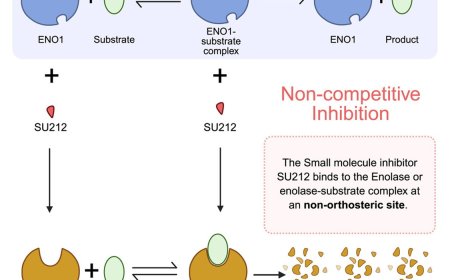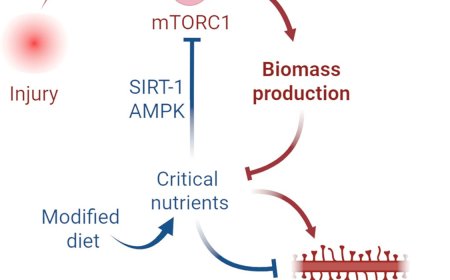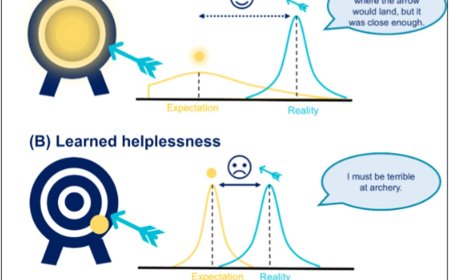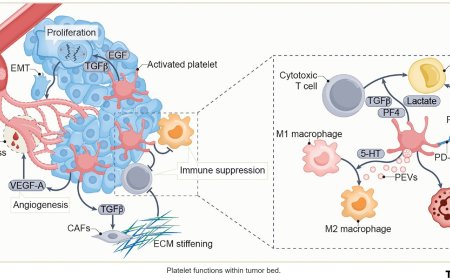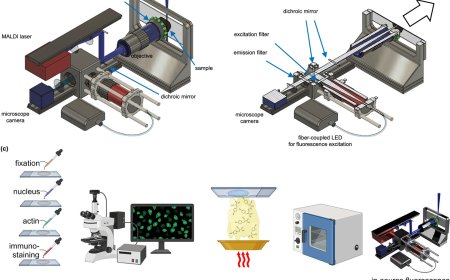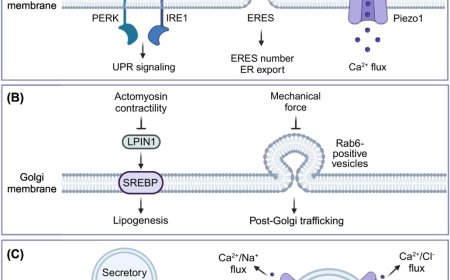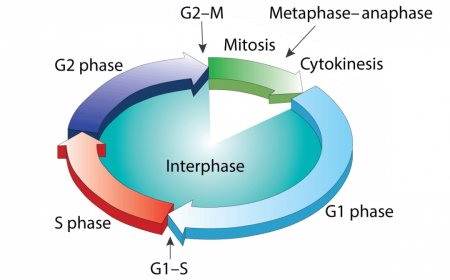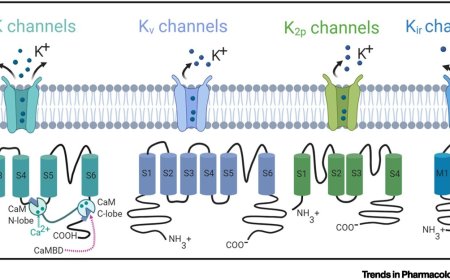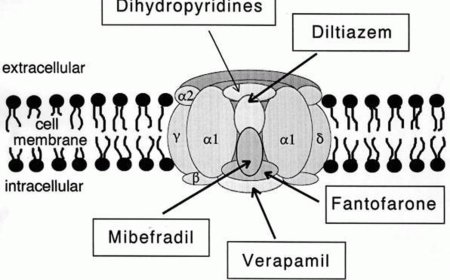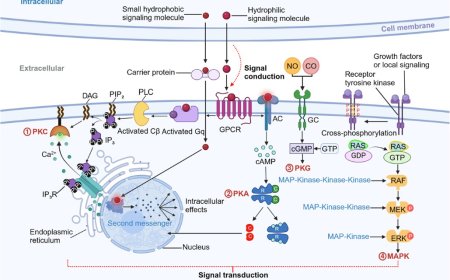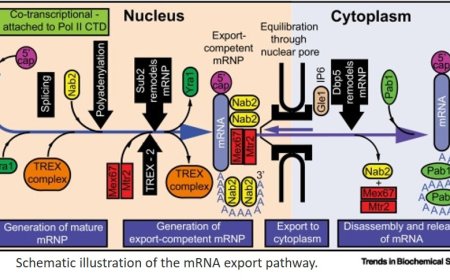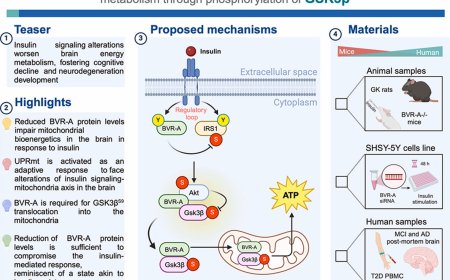Neuroimmune interactions in migraine headache

Large-scale genome-wide association analyses have identified loci of migraine risk that encode inflammation-related genes. Other lines of evidence in humans have further implicated immune dysregulation in migraine, including measurements of peripheral proinflammatory factors and neuroimaging studies.
Studies in rodents point to immune dysregulation along the trigeminovascular pathway as a major contributor to migraine’s pathophysiology. Reciprocal modulation between the immune cells and the meningeal afferent neurons regulates peripheral and central sensitization, leading to persistent headache and its chronification.
Microglia–neuron interactions in the trigeminocervical complex may play an important role in the transition from episodic to chronic migraine.
Emerging evidence suggests that regulatory T cells participate in the resolution of migraine headaches. Targeting regulatory T cells may restore the balance between immune activation and suppression to reverse chronic headaches.
https://www.cell.com/trends/neurosciences/fulltext/S0166-2236(24)00152-8
https://sciencemission.ayurmatrika.com/Neuroimmune-interactions-in-the-development-and-chronification-of-migraine-headache
